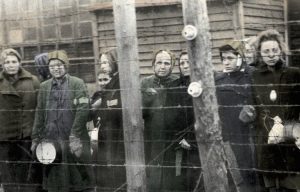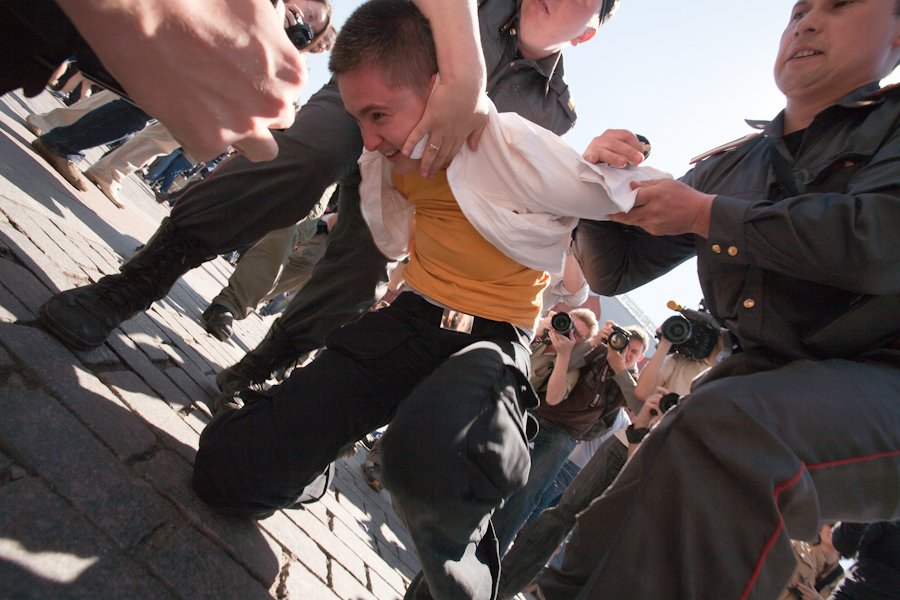
The day in Ravensbrück concentration camp began at four in the morning with the first roll call. Prisoners were awoken in their barracks. The women then had a few minutes to use the toilet, get dressed, make their beds, clean the barracks and have breakfast, usually a lukewarm brew of chestnuts and acorns that served as “coffee”. Any prisoner who took too long to complete these tasks faced punishment.
The prisoners, carrying those who had died during the night and the ill, then lined up on the Appelplatz, the prison yard for daily roll call. Morning roll call could take hours... the women stood silently in rows in rain, wind, snow or freezing temperatures, dressed only in a loose-fitting prison uniforms and wooden shoes, no underwear, no stockings, some with thin head coverings. Any prisoners that collapsed or were found to be missing faced beatings, torture or execution.
After an exhausting 12-hour work day at local German factories, digging trenches or performing other manual labour, the women returned to the camp, carrying the ill and those that had died during the day. The roll call was repeated in the evening on the Appelplatz.


Trending Now

World War 2 saw 130,000 female prisoners pass through the gates of Ravensbrück - most of whom never returned. Historical records indicate that during the camp’s operating years (from May 1939 to April 1945), only 26,000 of the inmates were Jewish. The inmates came from all over Europe, and spoke different languages: French, Polish, Dutch, Ukrainian, German, Hungarian, Roma, Russian... They had different socio-economic backgrounds, different levels of education, and different religious views.
When the Red Army liberated the camp in April 1945, they found 3,500 prisoners clinging to life. The rest had been sent on a death march. In total, just 15,000 of the 130,000 prisoners lived to see its liberation. In the end, Ravensbruck killed between 30,000 and 50,000 women. They met their end at the hands of brutal guards, kapos and experimenting doctors, frozen and starved to death on cold, earth floors, and fell victim to the diseases that plagued the overcrowded barracks. Their ashes now fill Schwedtsee, on whose romantic shores the death camp was built.






